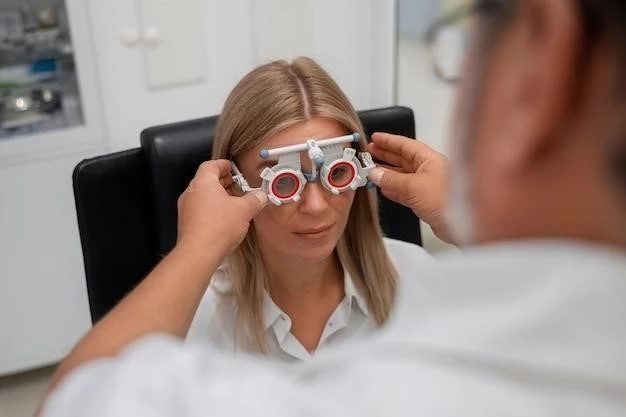Overview of Optic Atrophy, Idiopathic, Autosomal Recessive
The term ″optic atrophy″ encompasses various conditions, including congenital or infantile forms, Behr hereditary optic atrophy, and Leber optic atrophy. Autosomal recessive optic atrophy is a rare occurrence often associated with parental consanguinity.
Definition and Classification
The term ″optic atrophy″ encompasses various forms, including congenital or infantile types, Behr hereditary optic atrophy, and Leber optic atrophy. Autosomal recessive optic atrophy is a rare subtype often linked to parental consanguinity. It presents as bilateral and symmetric optic nerve pallor with an insidious decline in visual acuity, visual field defects, and color vision issues. Mutations in genes like OPA1 are associated with autosomal dominant optic atrophy and extra-ocular symptoms. Diagnosis involves genetic testing and distinguishing from other optic neuropathies.
Genetic Basis of Autosomal Recessive Optic Atrophy
Autosomal recessive optic atrophy is linked to certain genetic mutations such as OPA1, associated with extra-ocular symptoms. Patients may exhibit compound heterozygous OPA1 mutations, indicating a recessive or semi-dominant inheritance pattern.
Mutations in OPA1 Gene
The OPA1 gene mutations are implicated in both autosomal dominant and recessive optic atrophy. Individuals with compound heterozygous OPA1 mutations may present with a mix of recessive or semi-dominant inheritance, leading to a wide range of clinical manifestations, including extra-ocular symptoms across different cases;
Clinical Features of Autosomal Recessive Optic Atrophy
Autosomal recessive optic atrophy typically manifests as bilateral and symmetric optic nerve pallor, leading to an insidious decline in visual acuity, visual field defects, and color vision issues. Extra-ocular symptoms may also be present in some cases.
Visual Impairment and Specific Symptoms
Autosomal recessive optic atrophy is characterized by bilateral and symmetric optic nerve pallor, leading to a gradual decline in visual acuity, visual field defects, and color vision issues. Patients may also present with extra-ocular symptoms in certain cases.
Diagnosing autosomal recessive optic atrophy involves genetic testing to identify mutations, along with clinical evaluation for optic nerve pallor, visual acuity decline, and color vision defects. Management focuses on supportive care and potential interventions to address visual impairment and associated symptoms.

Diagnosis and Management of Autosomal Recessive Optic Atrophy
Diagnosing autosomal recessive optic atrophy involves genetic testing to identify mutations, along with clinical evaluation for optic nerve pallor, visual acuity decline, and color vision defects. Management focuses on supportive care and potential interventions to address visual impairment and associated symptoms.

Distinction from Other Optic Atrophy Types
Autosomal recessive optic atrophy differs from other types based on its rare occurrence, association with parental consanguinity, and specific clinical features like bilateral, symmetric optic nerve pallor, visual field defects, and color vision issues. It is crucial to differentiate between various hereditary optic neuropathies to guide proper diagnosis and management.
Comparison with Autosomal Dominant Optic Atrophy
Autosomal recessive optic atrophy differs from autosomal dominant optic atrophy in its inheritance pattern and clinical manifestations. While autosomal dominant cases are more common, autosomal recessive optic atrophy typically presents in a rare, recessive or semi-dominant pattern with specific clinical features like bilateral, symmetric optic nerve pallor, gradual visual acuity decline, visual field defects, color vision issues, and potential extra-ocular symptoms.
Future Perspectives and Research Directions
The future of autosomal recessive optic atrophy research lies in exploring genetic counseling for families, advancing therapeutic developments to address visual impairment, and investigating potential gene therapies for optic neuropathies. Understanding the underlying genetic abnormalities can pave the way for targeted treatments and improved management strategies.
Genetic Counseling and Therapeutic Developments
Genetic counseling plays a crucial role in autosomal recessive optic atrophy to provide families with information about potential risks and implications. Therapeutic developments focus on addressing visual impairment and may include novel gene therapies targeted towards improving optic neuropathies, enhancing the quality of life for affected individuals.
